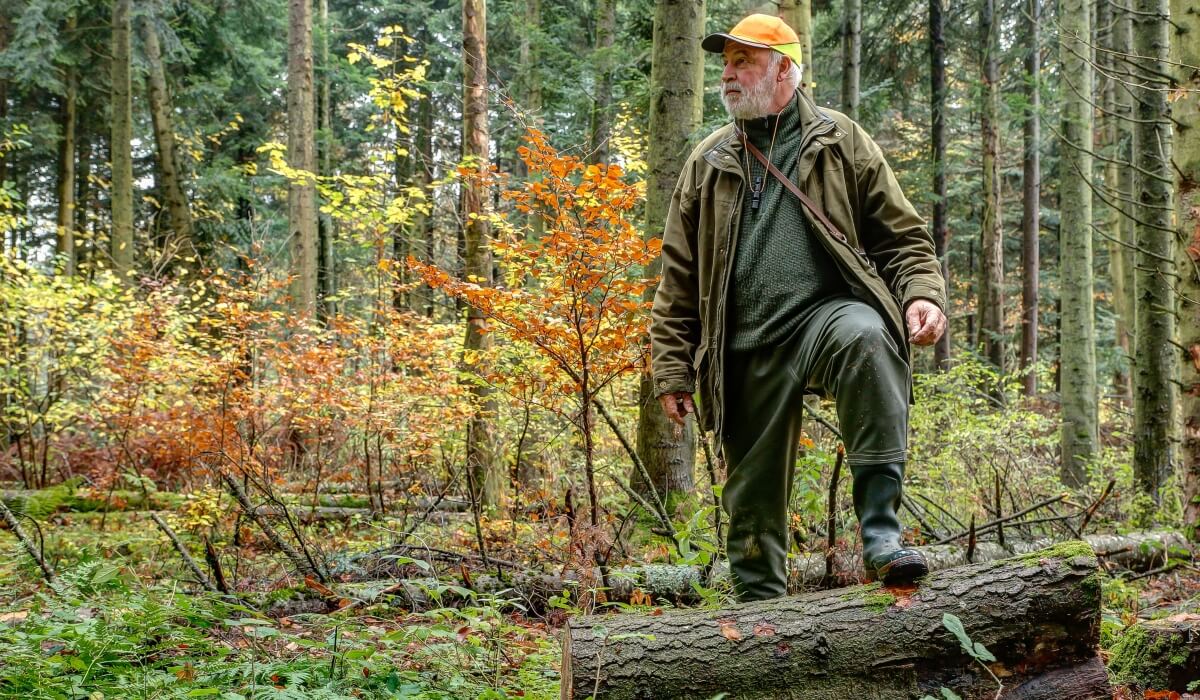The Green Hunter’s Guide to Eco-Friendly Hunting Excursions
Martin Banks 07.25.23

Hunting is one of the most responsible and sustainable ways to obtain food in today’s world. No processing or packaging is involved, and everything is 100% organic. However, that doesn’t mean hunters can’t develop bad habits that harm the environment. This guide will help eco-conscious hunters green their future excursions to maintain that eco-friendly hunting status.
1. Eco-Friendly Hunting – Hunt Close to Home
Staying close to home is the simplest thing you can do to make your hunting trips more eco-friendly. Lighter travel equals less fuel consumption, fewer emissions and a small positive contribution to the fight against climate change. Hunting locally is also better for the environment because you know the topography and won’t get lost or disturb the wildlife.
Besides, hunting on familiar grounds usually leads to better results. You know the climate, the important landmarks and the different plant and animal species. Having this in-depth knowledge of your surroundings gives you great confidence and a higher chance of success when you’re tracking down prey.
2. Eco-Friendly Hunting – Get an Efficient Hunting Vehicle
If you want to take long-distance hunting trips, you need to get an efficient hunting vehicle. Popular cars like the Toyota 4Runner and Subaru Outback are the most eco-friendly hunting vehicles because SUVs have better gas mileage than heavy-duty trucks. They’re also more than capable of navigating off-road environments, so they won’t hold you back in any way.
However, even SUVs with exceptional gas mileage can’t make up for bad driving habits. Along with getting the right hunting vehicle, you must also practice fuel-efficient driving behaviors such as driving the speed limit, reducing idling time and operating on cruise control when appropriate. An eco-conscious vehicle needs an eco-conscious driver!
3. Eco-Friendly Hunting – Use Eco-Friendly Weapons and Accessories
Using the right weapons is another great way to make your hunting trips more eco-friendly. You can still hunt with your favorite rifle, but consider adding accessories such as biodegradable ammo and cartridges to your repertoire. Anything that gets left behind on the trail will naturally decompose without harming any plants or animals.
If you’re open to using other weapons, archery is an excellent choice for sustainable hunting. Bow hunting has exploded in popularity in recent years because it gives experienced hunters a new challenge. It’s also a great way to eliminate noise pollution from loud hunting firearms and maintain a quiet, peaceful hunting environment.
4. Eco-Friendly Hunting – Choose Your Prey Carefully
In most states, hunters can only shoot fully-grown males when hunting for big game such as deer, elk, moose and bear. Females and juveniles are off-limits to preserve the local populations and prevent endangerment. These regulations are great for the environment, but you can take them a step further.
From now on, try to exclusively target males who have passed their physical primes. The temptation might be strong, but you need to avoid shooting young bucks and allow them to reach full maturity. You can tell they’ve reached full maturity by their full antlers, squashed faces and barrel-chested stature. Immature bucks are thinner and move noticeably faster.
5. Eco-Friendly Hunting – Aim for an Ethical Shot
Along with selecting the right prey, you need to know the best places to shoot to ensure an ethical kill. Every eco-friendly hunting trip should end with a clean and painless kill. For big game hunting, the ideal spots are behind the shoulder blades or above the belly. These shots are guaranteed to hit the heart or lungs and give the animal a quick death.
If you aren’t confident in hitting such a small target, don’t take the shot. Try to get closer to the animal or wait for another opportunity. Wounding an animal with an inaccurate shot is a cardinal sin in the hunting community, as it should be. Only pull the trigger if you can get a clean shot.
6. Eco-Friendly Hunting – Leave No Trace
Lastly, all of your hunting trips should have a leave-no-trace policy. Don’t leave any waste at your campsite, don’t break any tree branches, don’t mess with the wildlife or do anything else to disturb the environment. You’re a visitor in the wilderness, so you should act like a visitor. Clean up after yourself, be respectful to your surroundings and don’t leave anything behind.
Be a Conscientious Hunter
The hunting community generally does a good job being eco-conscious, but every hunter has some weak points. Applying these tips will help you minimize your environmental impact and become the best hunter you can be. After all, hunting is about respecting and appreciating everything nature has to offer. Being eco-conscious comes before everything else.

